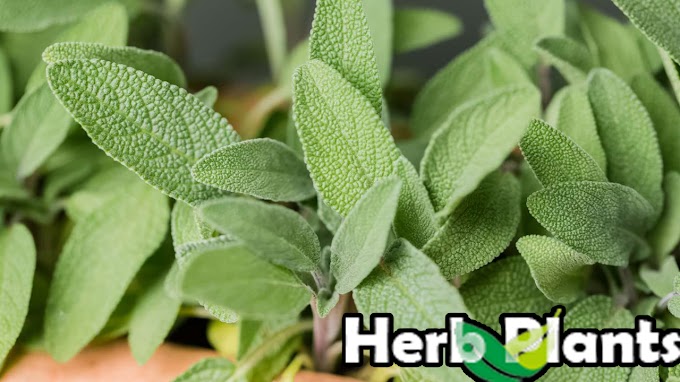Welcome, nature enthusiasts! Today, we embark on a captivating journey into the world of Mallotus Philippensis, a fascinating plant species that will leave you awestruck by its beauty and ecological significance. Hold onto your hats as we unravel the mysteries of this amazing plant, without any confusing jargon, and get ready to experience the wonders of our natural world.
What is Mallotus Philippensis?
Mallotus Philippensis, also known as the Red Kamala or Kamala Tree, is a breathtaking flowering plant that belongs to the Euphorbiaceae family. Native to the Indian subcontinent and Southeast Asia, it has found its way into the hearts of many due to its stunning appearance and valuable uses. This multi-branched tree can grow up to 10 meters in height, spreading its vibrant colors far and wide.
A Burst of Color
One of the most enchanting features of the Mallotus Philippensis is its striking color palette. The leaves are an elegant mix of green and red, reminiscent of a painter's delicate brush strokes. But it is the flowers that truly steal the show. Imagine a burst of red, like a thousand rubies, adorning the tree, attracting pollinators from all around. Butterflies and bees can't resist the allure of this vivid spectacle!
The Kamala Pods
As if the mesmerizing colors weren't enough, Mallotus Philippensis surprises us further with its intriguing fruits called Kamala pods. These small, round pods are a deep shade of red and house tiny seeds within. But wait, there's more! The pods are not only visually captivating; they also have a fascinating secret. They contain a red dye that has been used for centuries in traditional textiles, pottery, and cosmetics. Nature's gift, providing a rich pigment for artisans and craftspeople.
Medicinal Marvel
Beyond its beauty and color contributions, Mallotus Philippensis holds a treasure trove of medicinal properties. In various traditional systems of medicine, the bark, roots, and leaves of the tree have been used to create herbal remedies. These remedies are believed to treat skin disorders, gastrointestinal issues, and even snakebites. However, it's essential to remember that traditional medicine should always be approached with caution and guidance from healthcare professionals.
Ecosystem Support
Now, let's take a moment to appreciate the vital role Mallotus Philippensis plays in supporting our environment. This remarkable tree serves as a habitat and food source for various animal species, including birds, insects, and small mammals. Its flowers, with their sweet nectar, attract pollinators, contributing to the cycle of life for many creatures. Additionally, the fallen leaves create nutrient-rich soil, supporting the growth of other plants and fostering a healthy ecosystem.
Conservation Concerns
As with many natural wonders, Mallotus Philippensis faces conservation challenges. Habitat loss due to human activities, such as deforestation and urbanization, threatens the survival of this magnificent species. The loss of these trees not only affects the plant itself but also disrupts the entire ecological balance in which it thrives. As responsible stewards of the environment, it is our duty to protect and preserve the habitats of such unique species.
Nature's diversity never fails to amaze and inspire us. Have you ever encountered the breathtaking beauty of Mallotus Philippensis? Share your experiences, thoughts, and any other fascinating facts you know about this incredible plant in the comments section below. Let's engage in a delightful conversation about the wonders of our natural world!




0 Comments